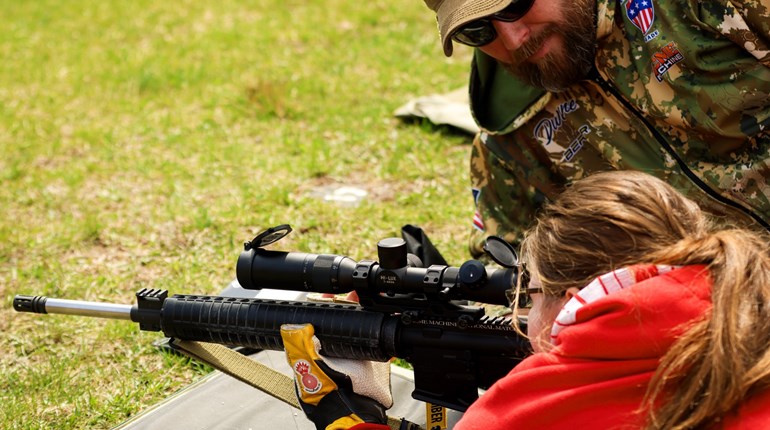
After what felt like an endless winter of Narnia proportions, summer is more welcome than ever. Now that we've said goodbye to bulky winter coats, subfreezing temperatures and mounds of powdery snow, it's time to break out bathing suits, open up pools, and enjoy the relaxing warmth–-no Polar Vortexes allowed!
In moderation, sun exposure boosts vitamin D production in the body, regulates melatonin, and has been found to suppress symptoms of Multiple Sclerosis along with many other health benefits. But overexposure to the sun has potentially life-threatening consequences that can ruin vacations and take you on a different trip-all the way to the emergency room. The effects of sun poisoning and heatstroke are not to be taken lightly. Learn what you can do to protect yourself and your family.
Sun-Blocking Strategies
Before going out in the sun, rub on broad-spectrum SPF 30 or above sunscreen at least 15 to 20 minutes prior to sun exposure. Reapply every two hours or after periods of swimming or sweating. Remember, there is no shame in camping out in the shade, covering up bare skin, or putting on a wide-brim hat as an extra precaution. Many clothing companies sell garments treated with UV-ray obstructing components for all-day wear.
Too Much of a Good Thing
Everyone gets overexposed to the sun at least once in their life, but there's a stark difference between a rosy pink gone-after-a-few-days sunburn versus painful, swollen, blistered skin. Sun poisoning is sunburn that has been taken to the next level-displaying skin damage similar to that found in a hospital burn unit. How can you tell when you or a family member has been over-served on sunlight, and what should you do? Here's a quick reference guide.
What to look for:
*Skin redness and blistering
*Pain and tingling
*Swelling
*Headache
*Fever and chills
*Nausea
*Dizziness
*Dehydration
What to do:
*Get out of the sun.
*Take a cool (not cold) shower or bath or apply cool compresses.
*Drink extra fluids for a few days.
*Take ibuprofen or acetaminophen for pain.
*Use aloe gel or a moisturizing cream.
*Completely cover sunburned areas when going outside.
When to get medical help:
*A sunburn that forms blisters, covers a large area, or is very painful
*Facial swelling
*Fever and chills
*Upset stomach
*Headache, confusion or faintness
*Signs of dehydration
When You Shouldn't Take the Heat
Whether you're mowing the lawn, jogging or playing in brutal summer temperatures, heatstroke creeps up and rears its ugly head with debilitating-even fatal-results. Get a hold of the day's temperature forecast before going out. If it's too hot, it's just not worth it. Utilize the coolness of early-morning or evening hours to take care of the yard, exercise, or play inside instead of putting yourself in harm's way. Information provided by the Mayo Clinic recognizes that heatstroke begins as cramping in arms, stomach and legs, nausea, moist skin, dizziness and headaches, then evolves into symptoms that wreak havoc on the human body. Pay attention if you or someone you know is exhibiting the below indicators and know ahead of time what you can do to help.
What to look for:
*Body temperature of 104 F-the telltale sign of heatstroke
*No sweating-in heatstroke brought on by hot weather, skin feels hot and dry to the touch. With heatstroke brought on by vigorous exercise, skin may feel moist.
*Nausea and vomiting
*Flushed skin
*Rapid and shallow breathing
*Racing heart rate
*Headache
*Confusion
*Seizures
*Hallucinations
*Difficulty speaking or understanding others
*Passing out, or unconsciousness that may lead to a comatose state
*Muscle cramping or weakness
What to do:
*Seek immediate medical help. Call 911 or your local emergency services number.
*Cool them down. Get the person moved to a shaded location, have them drink water or an electrolyte-containing sports drink, and remove excess clothing.
*Place ice packs or cold, wet towels on the person's head, neck, armpits and groin.
*Mist the person with water with a fan blowing on them.
No Time for Summertime Blues
Summers are meant to be jam-packed with fireworks, backyard barbecues, fishing trips, barefooted bliss, and most importantly, no school! Taking the necessary precautions to enjoy the sunshine safely means more memories can be made without a visit to the doctor's office. If your summer plans include getting out on the waves, hiking up a trail, or exploring the desert, you'll be equipped to beat the heat. There's no need to be afraid of the sun when you know what to do to get the most out of June, July and August. Bring on summer!




































